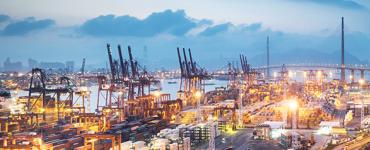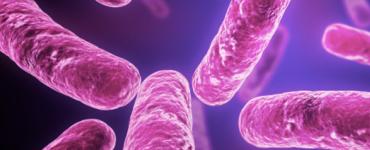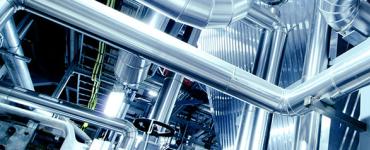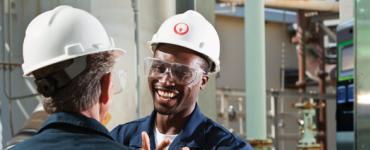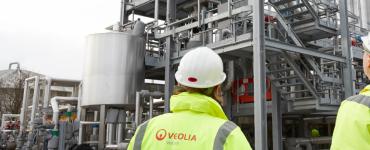- Home
- Latest News
- Billund BioRefinery - Veolia Sludge Treatment Technologies
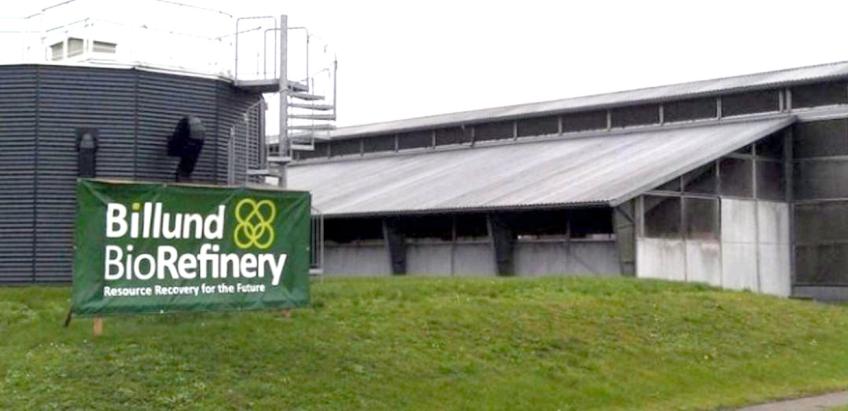
Billund BioRefinery - Veolia Sludge Treatment Technologies
Mike Froom of Veolia Water Technologies looks at the latest developments in thermal hydrolysis of sewage sludges
Billund BioRefinery in Denmark is much more than a wastewater treatment facility. Yes, it treats wastewater for a 70,000 Population Equivalent (PE) community, however it also anaerobically co-digests 4,200 tonnes per year of domestic and industrial organic waste together with the surplus activated sludge from the biological wastewater treatment process. Generating electricity and providing district heating, the BioRefinery has received worldwide plaudits for innovation and sustainability: a distinction in the 2014 Global Water Awards for Water Reuse Project of the Year, a European Business Award for the Environment, and Denmark’s Svend Auken Award for dedicated efforts in the environmental arena. Key to the efficiency of the project is a newly commissioned continuous thermal hydrolysis plant.
Thermal hydrolysis is, of course, a well-established process – Veolia’s first plant was installed in 2006 – and its benefits are clear. Heating thickened (15% dry solids) sludge to 150-165°C for 30 minutes causes lysis of biomass cells, enhancing the conversion of volatile suspended solids into biogas in mesophilic anaerobic digestion, improving sludge dewaterability and reducing the final biosolids volume and creating an ‘Enhanced Treated Product’ for disposal. What is different about Billund BioRefinery is that it now boasts Denmark’s first full-scale continuous thermal hydrolysis plant.
Billund BioRefinery is, indeed, innovative with an array of advanced technologies. These include ANITA™Mox moving bed biofilm reactor (MBBR) which converts ammonia to nitrogen using annamox bacteria without any additional carbon substrate. Precise control of nutrients is ensured by a Hydrotech™ Discfilter with the option of coagulant dosing and pathogens in the sludge are killed by BioPasteur™ prior to digestion. Billund is taking a first step toward coordination of the municipality’s treatment plants and drainage systems using STAR Utility Solutions™, a smart online system that measures processes online, ensuring optimal treatment while minimising energy and chemicals use. In the event of heavy rainfall, part of the plant’s treatment capacity can be switched over to treat storm water, optimising pollution control and reducing the risk of overflow. Other controls include monitoring and optimization of the biomass feed in order to maximise biogas production and prevent overloading of the digesters. Billund’s biogas production generates about three times the energy requirements of the plant itself, with the surplus being exported to the grid. Future plans include the production of odour-free organic fertilizer, and eventually, phosphorus fertilisers and biodegradable bioplastics. Denmark’s former Environment Minister Kirsten Brosbøl, described Billund BioRefinery as “an example of people continuously striving to do better, develop new products and come up with solutions that improve the environment in Denmark and the rest of the world”.
However, it’s the new plant that is currently attracting attention amongst engineers. Thermal hydrolysis was developed as a batch process – fill, heat, react, cool discharge – which, of necessity, means that processing a continuous feed of sludge requires a large storage capacity for flow balancing and a number of batch reactors operating out of phase with each other. That means a high capital cost and large footprint. What differentiates is that it is a continuous rather than a batch process. This means that the reactor volume is used for 100% of the time by comparison with a batch reactor which, because it is cyclic control, effectively operates at only about 30-40% utilisation, and with less concentrated sludge. As a result, the reactor can treat over three times the amount of sludge solids compared to a similar sized batch reactor. Continuous operation means that the steam demand is constant, which improves boiler efficiency and since can handle higher sludge concentrations than batch systems, the steam demand per tonne of dry solids is lower.
The early installations were called LD configuration (for Lysis followed by Digestion) and more recently Veolia has installed some DLD (that is Digestion followed by Lysis and then a second stage Digestion) and DL (Digestion followed by Lysis with a recycle loop) plants. All these configurations have their place. There are also options for how the resulting biogas is used. You can burn all of it in a CHP plant and use the waste heat to heat the digester, or you can use some of the biogas to fire a boiler for heating the digester and the rest for running the CHP plant. You can even pass all the biogas to the CHP plant and fire the boiler with imported natural gas, oil or biofuel crops. It all depends on the relative costs of imported fuel and electricity and the feed-in tariff for electricity generation. The best solution for any given works will depend on site specific conditions and the individual economics based on sludge quantity and quality, footprint and the utilisation of the biogas.
Mike Froom is Business Development Director at Veolia Water Technologies
